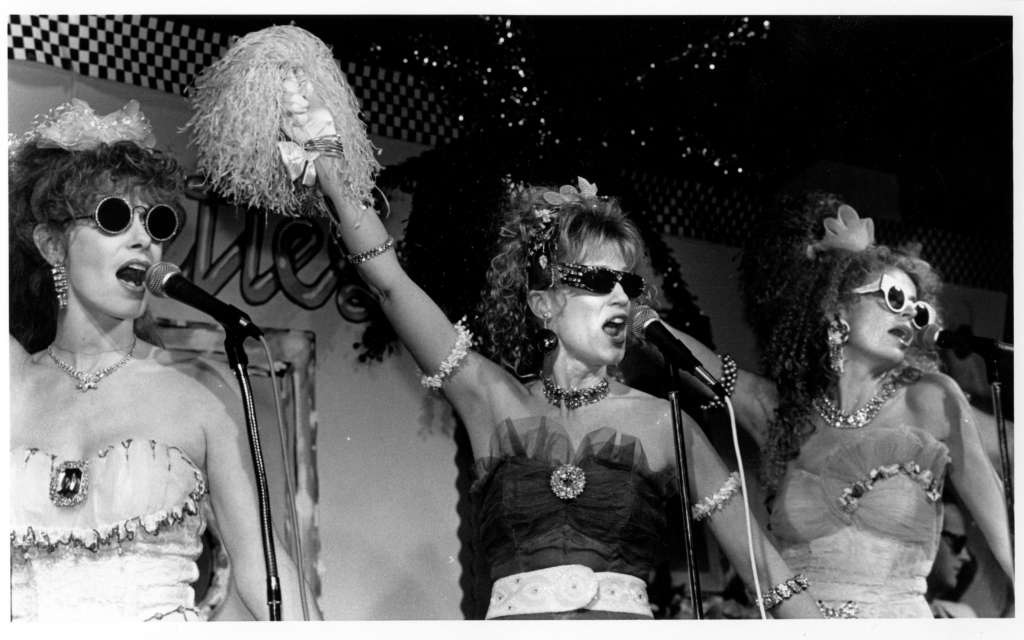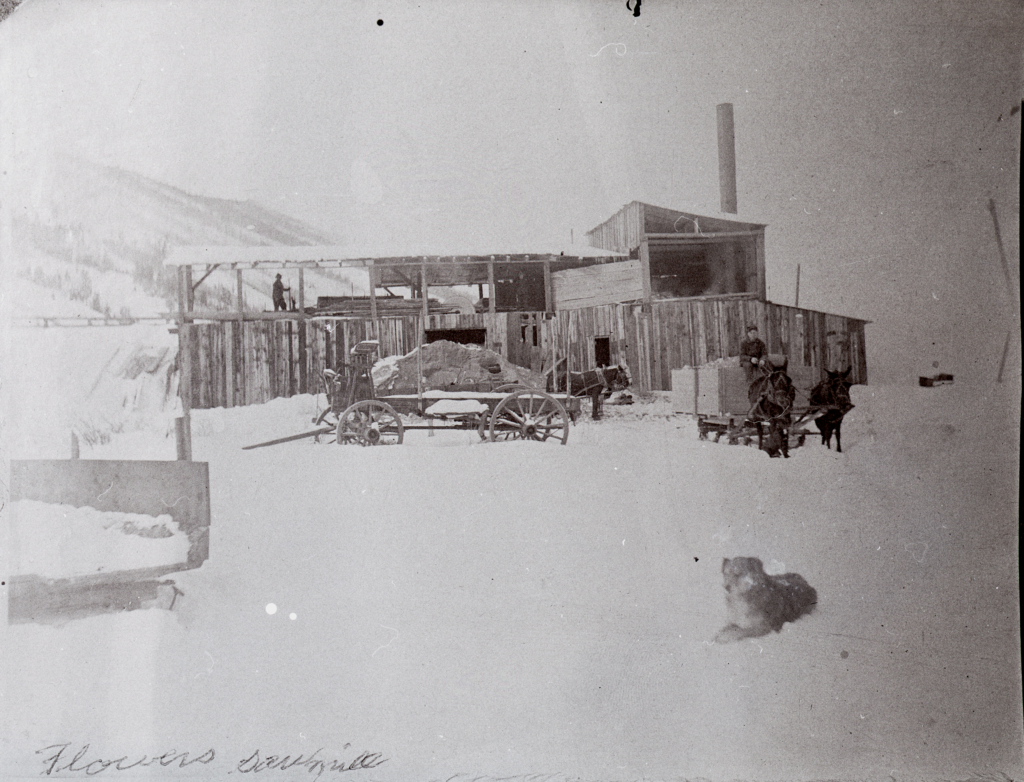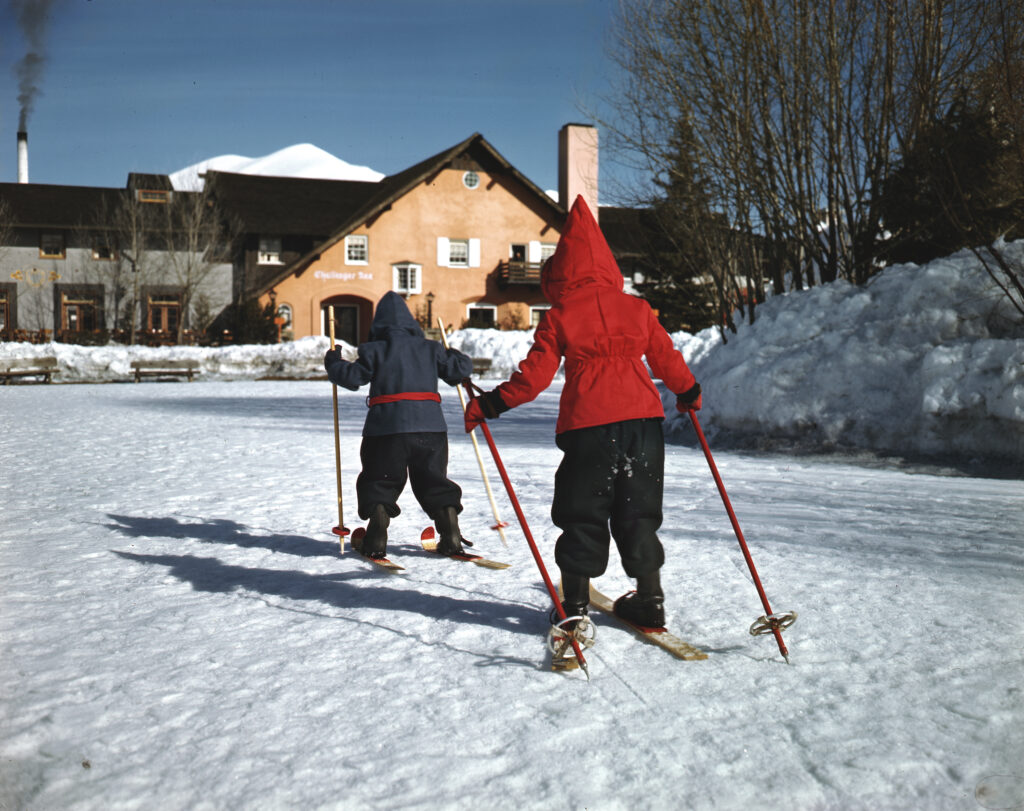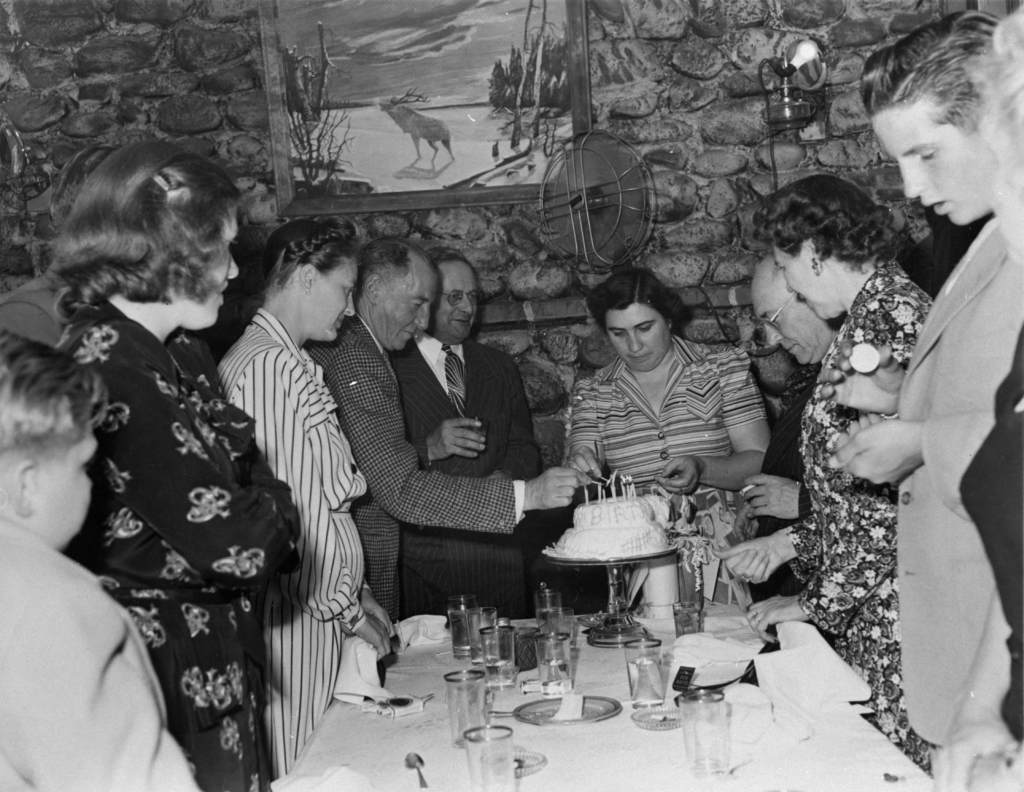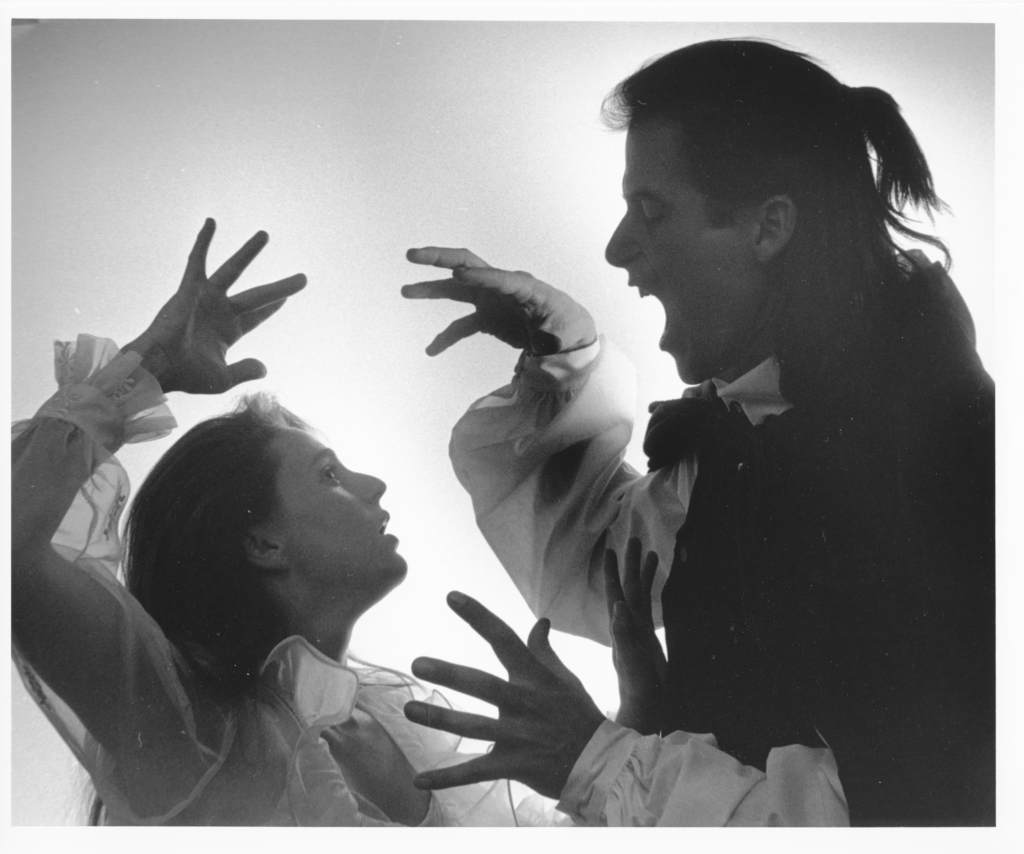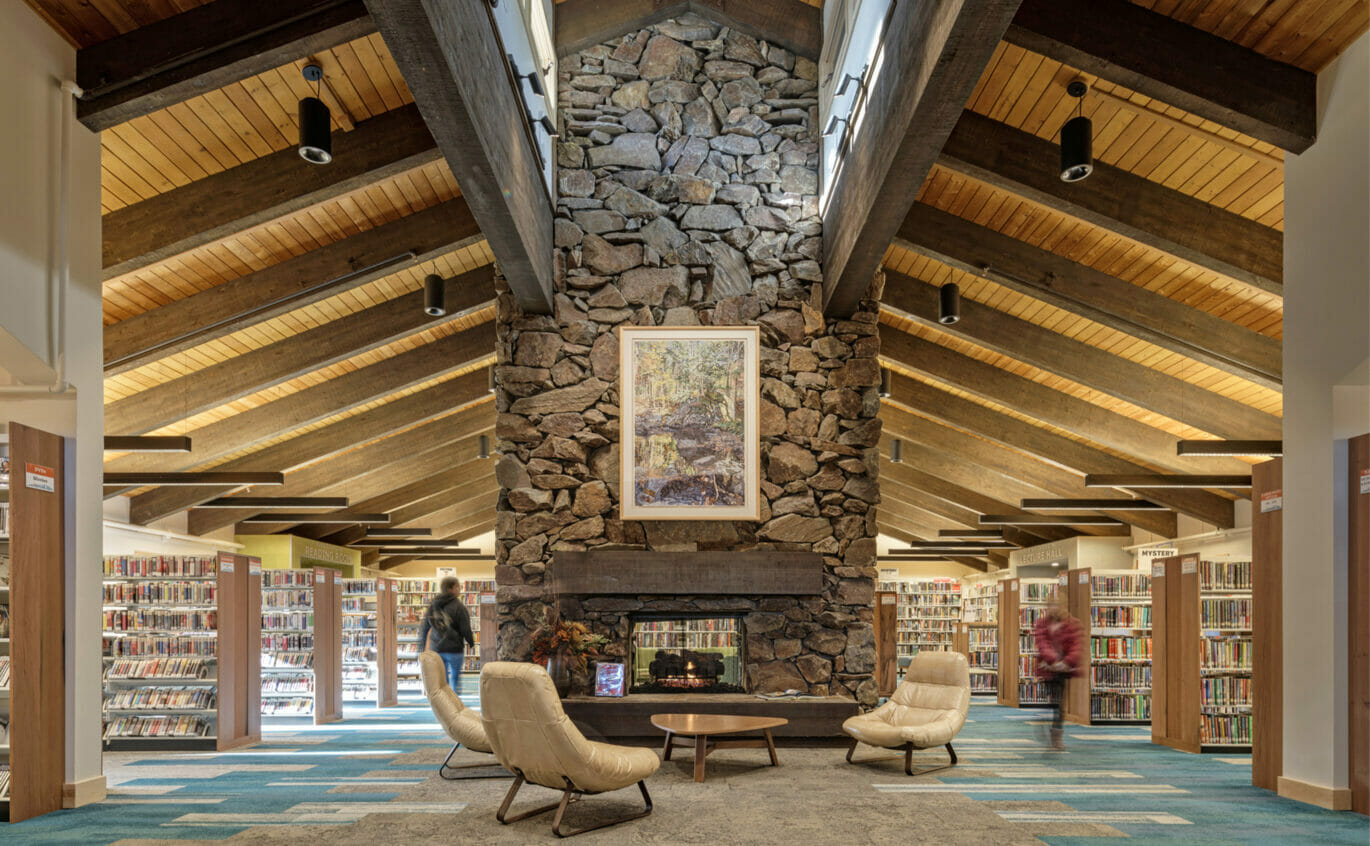Mary Tyson, Director of the Center for Regional History
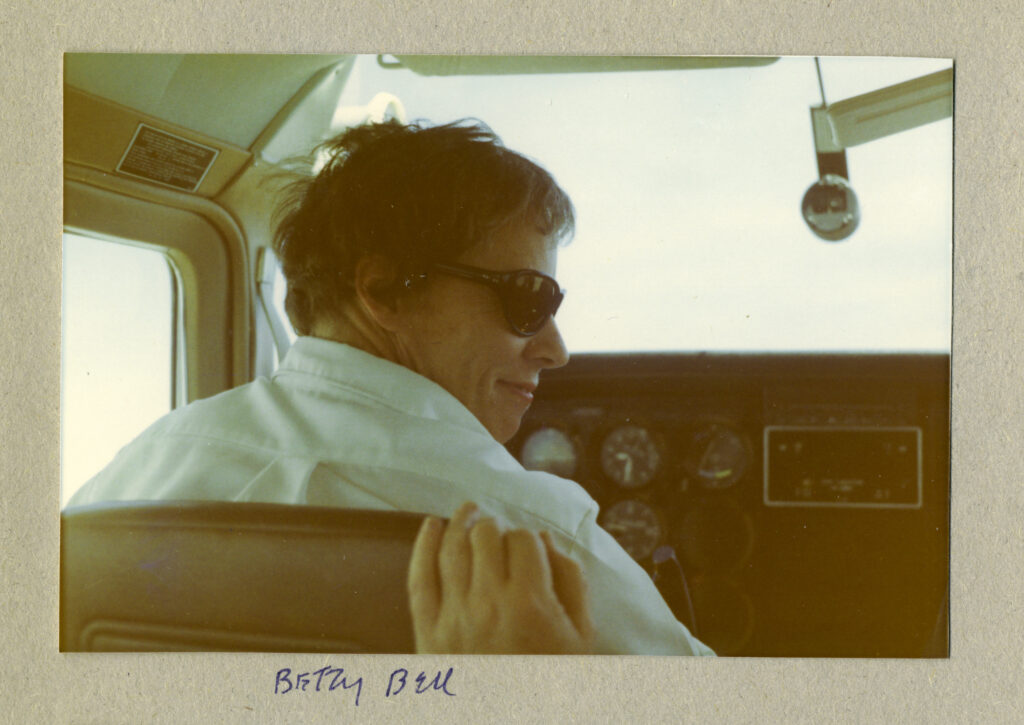
In the cockpit of the plane is Betty Bell. By 1970, she had been flying for six years. Bell trained on a J-3 Piper Cub. Her instructor was Lawrence Johnson who managed the Friedman Memorial Airport and taught many to fly. According to Betty’s oral history, Lawrence’s teaching style was to not say a word and let his students make mistakes and figure out as much as possible on their own while he sat next to them. It was hard to talk anyway, she said, because it was so noisy. Learning to fly back in the mid-sixties was without a radio and grass airstrips. Friedman’s runway then was 50 ft. wide and had no lights.
The system seemed to be to get to know the terrain really well. Betty flew as a private pilot first, then became a flight instructor and a professional pilot for charter companies. The first company she worked for that was scheduled at Friedman was Rolland Smith’s Sun Valley Air.
In this photo, Betty was taking George Matsumoto for a ride. Motts, as he was known, was behind the camera. Notice his hand on the bottom of the photo. George was always with his camera whenever he and his friends and family were having a great time in the seventies and eighties. This airplane ride from Betty was one of them.
To see more of George’s snapshot photos in his voluminous scrapbooks, or to hear Betty Bell talk about her flying experience, contact the Center for Regional history at regionalhistory@comlib.org or (208) 806-2630.
Note this story was originally published in May of 2025 in the Idaho Mountain Express.
